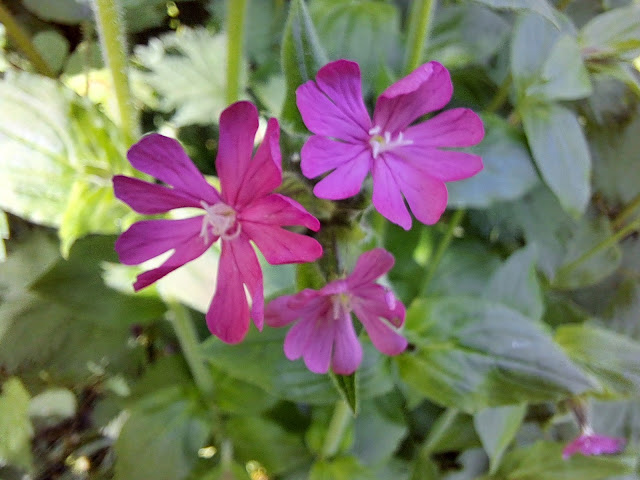News about seasonal changes at Filnore Woods and how to get involved as a volunteer, if you want to. As well as things seen and done at FILNORE WOODS, THE BLOG WILL INCLUDE THINGS YOU CAN SEE IN YOUR STREET OR GARDEN. To get regular updates, you used to be able to enter your email address in "FOLLOW BY EMAIL" (just below on the right) But this seems to have stopped working so GOOGLE 'FILNORE WOODS BLOG' AND FOLLOW 'FILNORE WOODS' ON FACEBOOK
Tuesday, 30 May 2023
BIRD'S EYE WITH HAIRY LEGS
Friday, 26 May 2023
YELLOW ANTS
Wednesday, 24 May 2023
Tuesday, 23 May 2023
DRONE FLY
Monday, 22 May 2023
OAK APPLES
Sunday, 21 May 2023
MORE TREE LEAVES

Saturday, 20 May 2023
WYCH OR ENGLISH
Friday, 19 May 2023
EARTH MOVING
Thursday, 18 May 2023
THE LITTLE CHILDREN'S DOWER
Wednesday, 17 May 2023
THAT'S THE WISE THRUSH
Hark, where my blossomed pear-tree in the hedge
Leans to the field and scatters on the clover
Blossoms and dewdrops - at the bent spray's edge -
That's the wise thrush; he sings each song twice over,
Lest you should think he never could recapture
The first fine careless rapture!
Poem - Robert Browning
Video - ~Wildlife & Birds UK
Tuesday, 16 May 2023
RED CAMPION
Monday, 15 May 2023
WEBS
Sunday, 14 May 2023
CORN SALAD - another unobtrusive wild flower

Saturday, 13 May 2023
LARGE RED DAMSELFLY
Friday, 12 May 2023
GROUND IVY
Thursday, 11 May 2023
BLACKCAPS AND BROWNCAPS
As well as the blackbird, robin, wren and goldfinch, there is another very tuneful warbler, the blackcap.
Wednesday, 10 May 2023
JACK-BY-THE-HEDGE
Tuesday, 9 May 2023
COBWEB SPIDER
Monday, 8 May 2023
TRUMPETS ANNOUNCING SPRING
Lady's Smock is also known as Cuckoo Flower or Milkmaids but the flowers remind me of loudspeakers on a stand or trumpets blaring out "SPRING" in all directions. The colour varies from white to pink.


















.jpg)




























